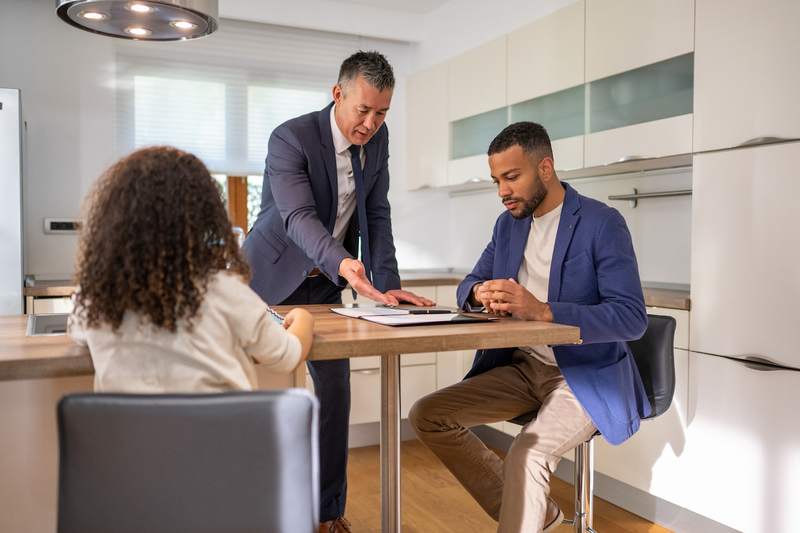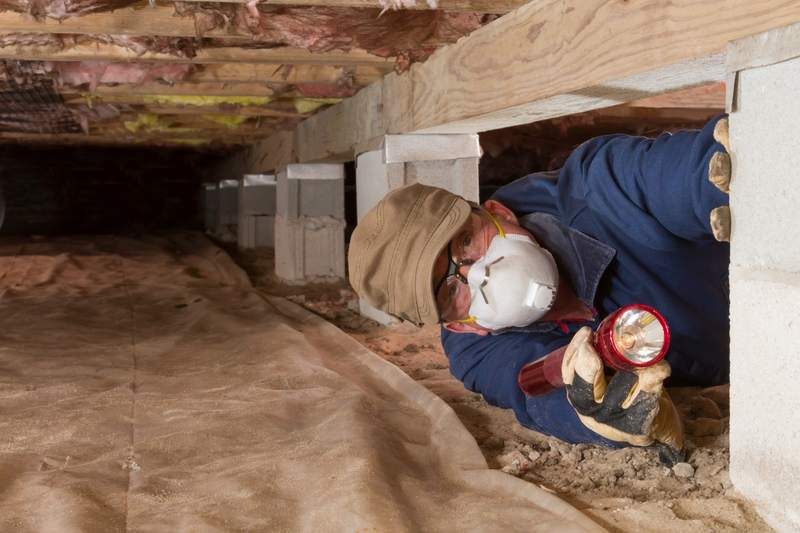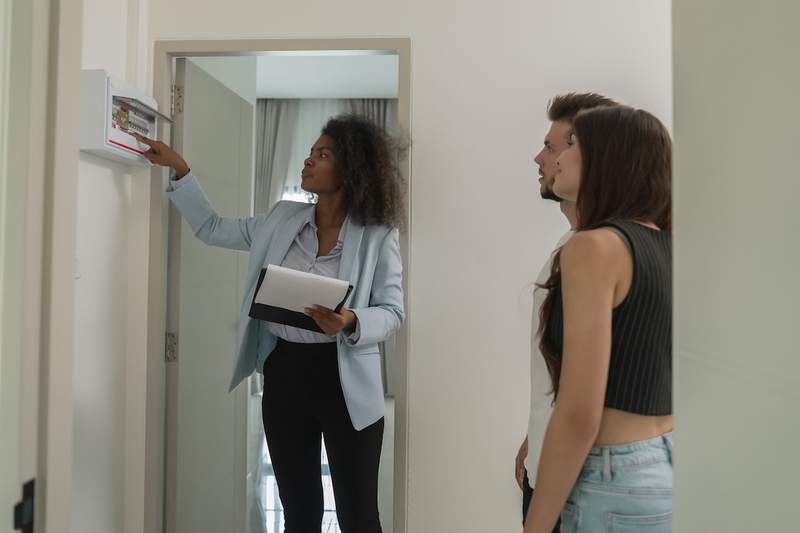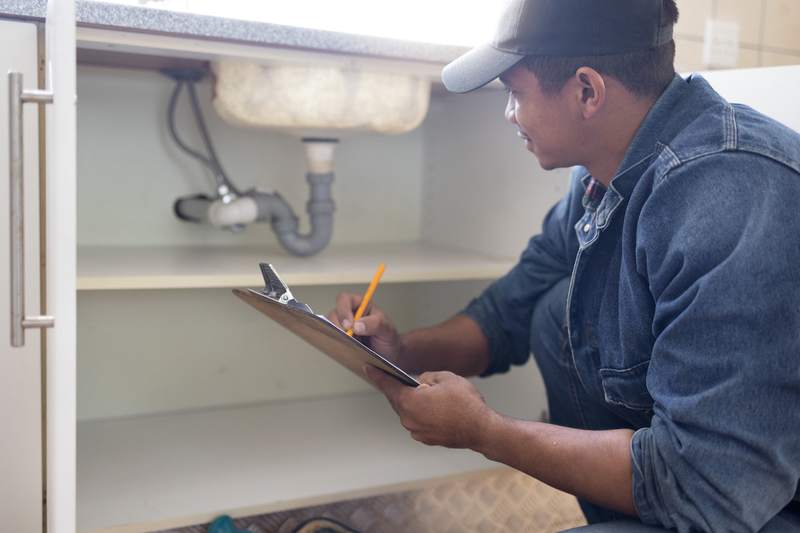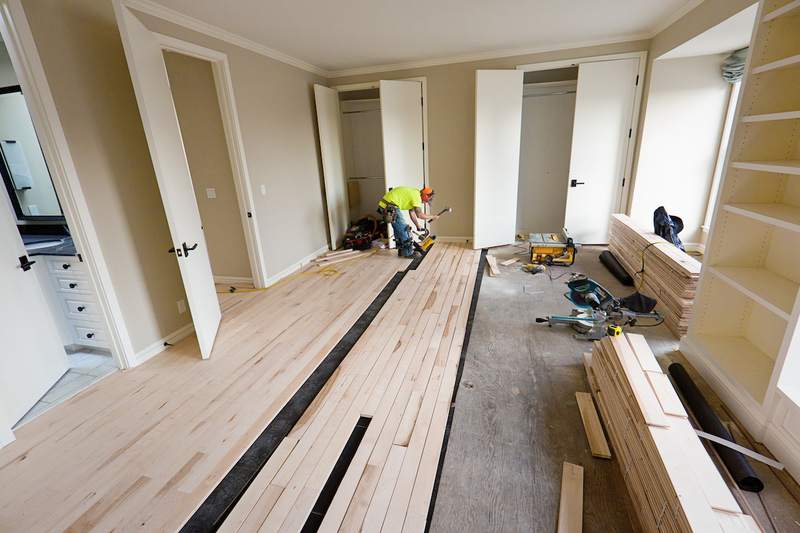
“What if I can’t afford closing costs?” can be a common worry for first-time homebuyers. In those cases, choosing a no-closing-cost mortgage may sound obvious. After all, who wouldn’t want to avoid paying that long list of closing costs — in addition to the down payment — when buying a home?
But lenders don’t pay your closing costs out of sheer generosity. They do so because they can recoup those costs — and more — in other ways.
It’s important to understand what you’ll pay overall with a no-closing-cost mortgage before pursuing this loan type. This should include crunching some numbers and weighing the pros and cons.
How a No-Closing-Cost Mortgage Works
A no-closing-cost mortgage is a trade-off: The mortgage lender pays your out-of-pocket closing costs in exchange for charging you a higher interest rate or adding the costs to your loan amount. In both scenarios, it’s likely that your monthly payment will increase and you’ll pay more over the life of the loan.
The True Cost of ‘No Closing Costs’
It’s important to run through the calculations to understand how deferring your closing costs affects your overall financial obligation on a loan.
“The saying nothing is free remains potent,” says Cassie Alongi, a real estate broker and co-founder of We Buy Any House in California, a real estate investment company based in La Quinta, California. “As a borrower, it is important to carefully review the terms of a no-closing-cost mortgage to understand the true cost of the loan.”
Closing costs added to the loan balance
One of the ways that lenders recoup the expense of covering closing costs on a house is by adding the amount to your loan balance. Even though your interest rate stays the same, you’re borrowing more money, which will increase your monthly mortgage payment.
Let’s say your closing costs come out to $15,000, and you need a loan of $400,000 to buy a home. If you pay closing costs upfront and your interest rate is 7% on a 30-year fixed-rate mortgage, you’d have a monthly payment of $2,661. Over 30 years, you’d pay about $958,036, of which $558,036 is interest.
If you roll closing costs into your loan balance, you’d be borrowing $415,000. With the same interest rate and mortgage terms, you’d have a monthly payment of $2,761 — $100 more a month. Over 30 years, you’d pay a total of $993,962, of which $578,962 is interest. The difference comes to $20,926, which means you’d pay over $5,926 more with a no-closing-cost mortgage than if you paid those costs upfront.
Closing costs paid with a higher interest rate
The other way that a lender recoups the expense of covering closing costs is by increasing your interest rate. The increase won’t be dramatic, but over 30 years, the interest adds up.
Let’s use the same example: $15,000 in closing costs and a fixed interest rate of 7% on a loan balance of $400,000 over 30 years. Over the life of the loan, you’d pay $958,036.
If a lender increases your interest rate by 0.25 percentage points, your rate would become 7.25%. Your monthly payment would now be $2,729 — an increase of $68 per month — and you’d pay $982,334 over the duration of the loan. That’s a difference of $24,298 — $9,298 more than if you paid closing costs upfront.
Pros and Cons of a No-Closing-Cost Mortgage
There are some big trade-offs in choosing a no-closing-cost mortgage. Here are some of the advantages and disadvantages to this loan type:
Pros and Cons of a No-Closing-Cost Mortgage
| Pros | Cons |
| It can make homeownership more attainable by lowering the upfront costs. | You’ll likely pay more interest over the life of the loan. |
| If you don’t plan on living in a house for the full loan term, there’s potential to save money. | You’ll have a higher monthly payment. |
| You could use your savings for a larger down payment, which can help you avoid private mortgage insurance. | If you finance your closing costs by rolling them into your loan balance, it will increase your loan-to-value ratio. |
| You’ll have more cash on hand for home improvements and other things. | You could pay more in mortgage origination fees. |
FAQ
Here are answers to some frequently asked questions about the true cost of a no-closing-cost mortgage.




